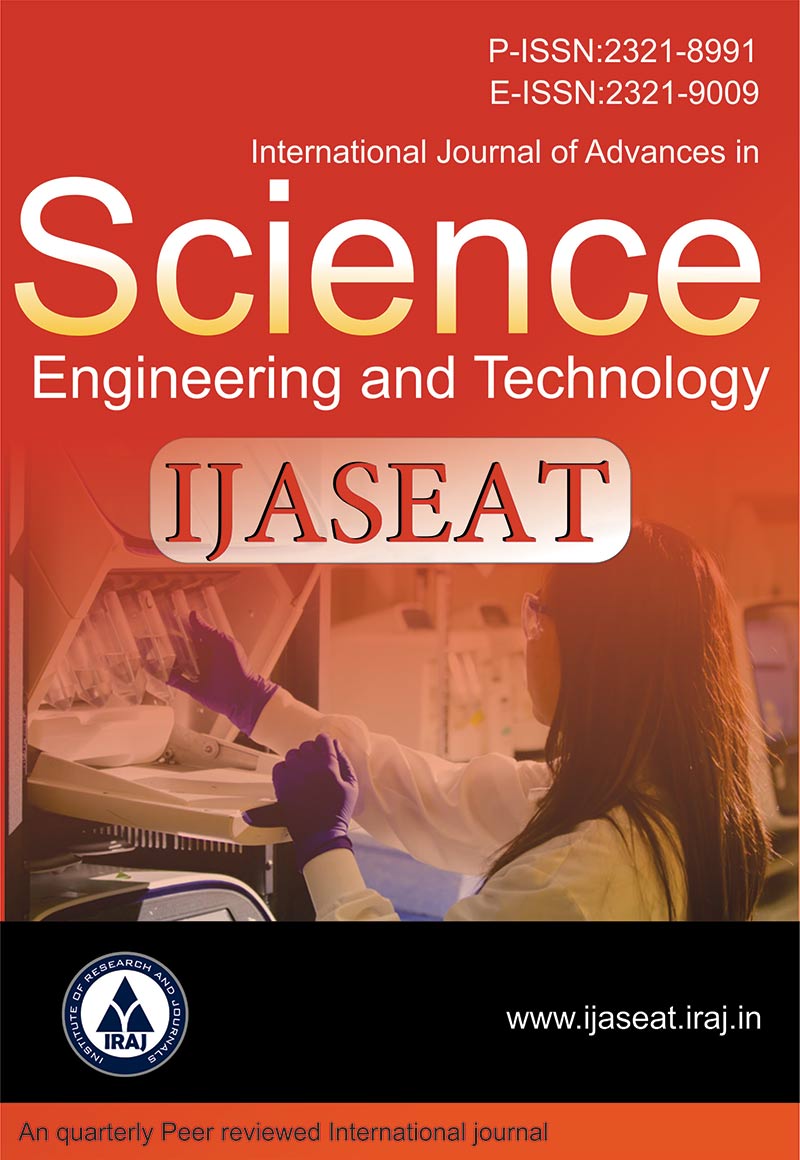Publish In |
International Journal of Advances in Science, Engineering and Technology(IJASEAT)-IJASEAT |
 Journal Home Volume Issue |
||||||||
Issue |
Volume-7,Issue-4 ( Oct, 2019 ) | |||||||||
Paper Title |
Examination of Faults by Geophysical and Tectonic Methods and Paleoseismological Interpretation: Karahasanli-Kayakoy (Denizli-Turkey) Case | |||||||||
Author Name |
Mete Hancer, Erdal Akyol | |||||||||
Affilition |
Geological Engineering Department Engineering Faculty, Pamukkale University, Turkey | |||||||||
Pages |
4-7 | |||||||||
Abstract |
The study area is located in the northwest of Denizli between Karahasanlı and Kayaköy Villages. Denizli region is located at the intersection point of grabens and the faults forming these grabens in historical and instrumental periods produced many earthquakes. There are many faults in the central part of the southwestern wing of the Denizli graben. Two Quaternary faults, which are shown as potential active in Turkey Active Fault Map, are located in the study area. These faults are syntetic faults developing parallel to it in the hanging wall of Babadag fault which are situated the southwest of graben. It is very important to determine the exact location, route and characteristics of these faults in the selection of the settlement areas. For this reason, firstly detailed geological-tectonic investigation was carried out, then the sections were taken from the critical points by geophysical method and then the exact location of the faults was determined by opening trenches for paleoseismological purposes. As a result, it is concluded that these faults are not active and they are covered by Holocene aged sediments. However, these faults are weakness zones and are the syntetic fractures caused by the extension of the basin. Therefore, it is necessary to pay attention to the routes where the fault lines cross. Keywords - Fault, Paleoseismology, Geophysics, Trench, Karahasanlı, Kayaköy, Denizli. | |||||||||
| View Paper | ||||||||||